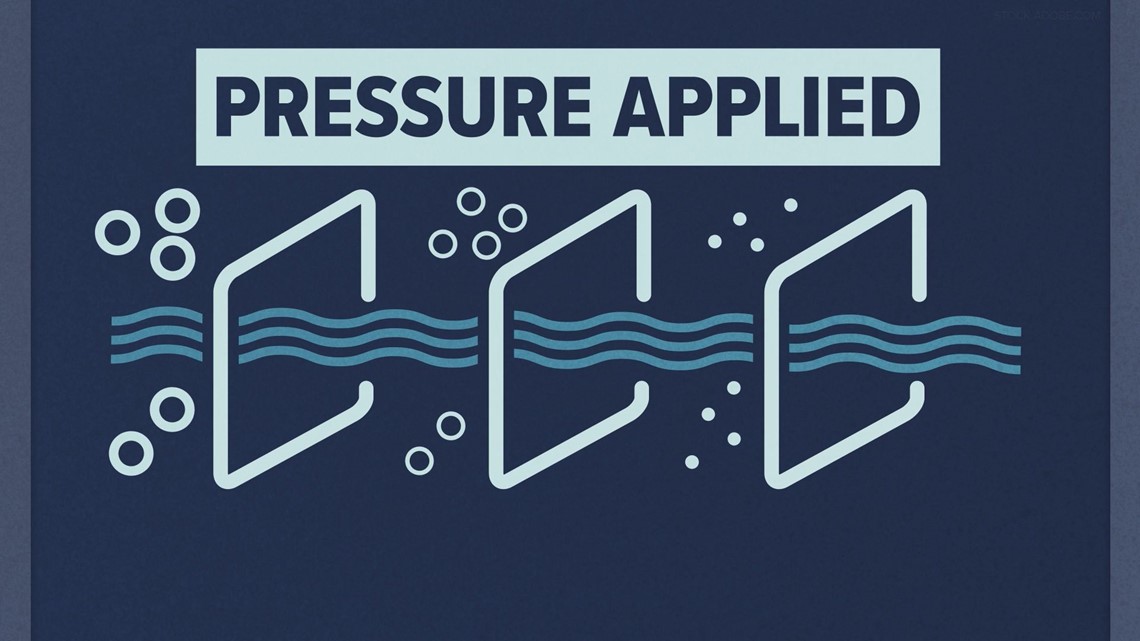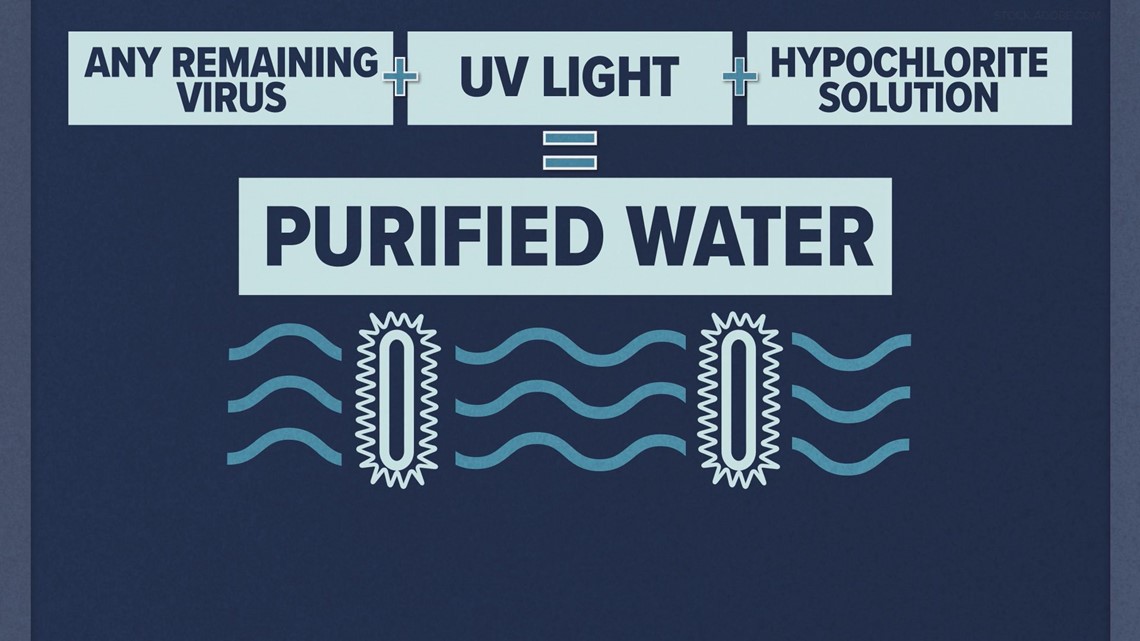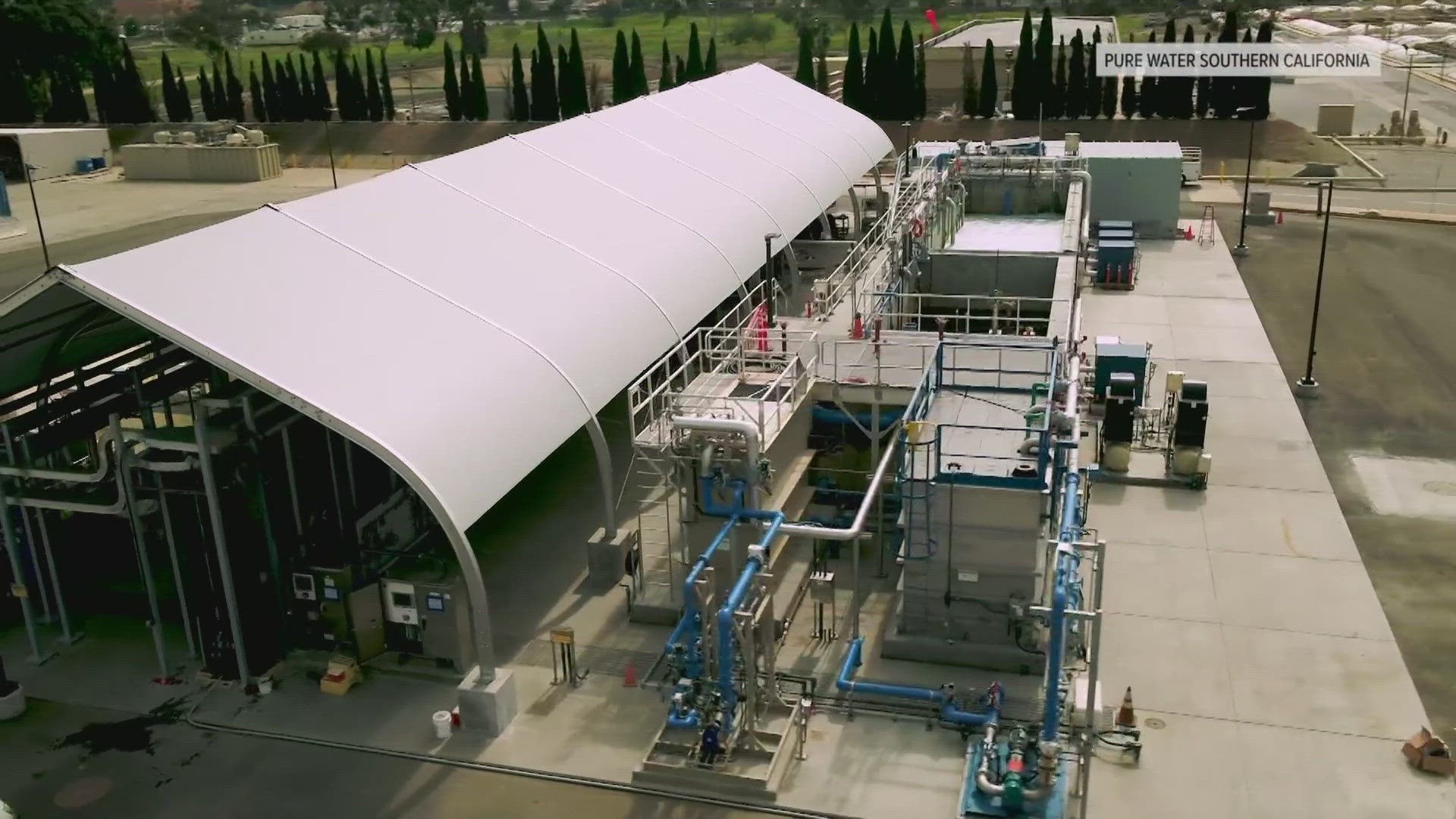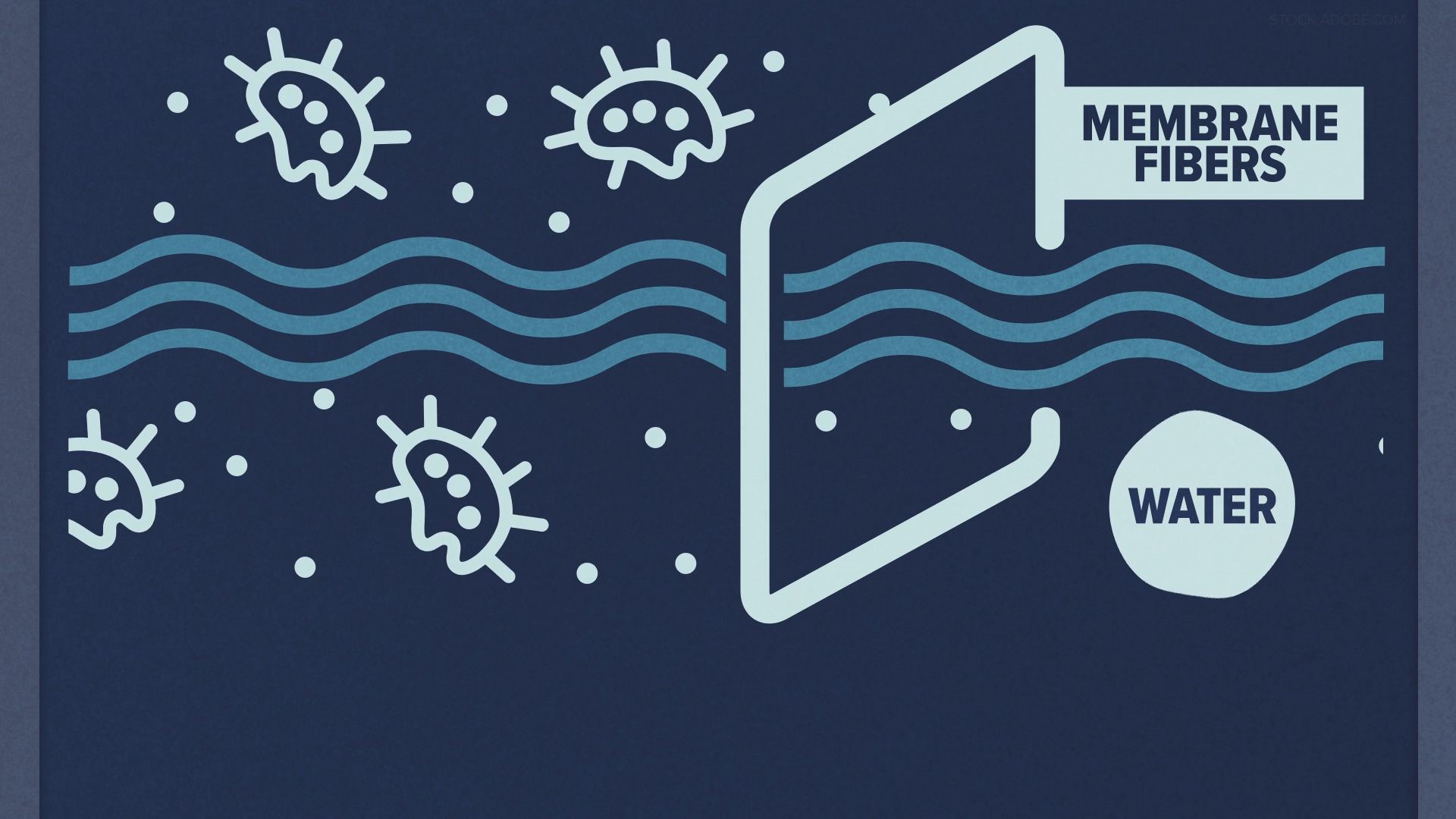SACRAMENTO, Calif. — The future of California’s water is on the minds of millions of people, especially during major drought years. As our climate changes, extreme heat and droughts have become more common than floods in California.
Since the year 2000, there have been at least 14 years of severe to exceptional drought conditions in the Golden State.
As lawmakers, engineers and government water entities work to tackle the issue of conservation and water availability, the burning question is, "How do we plan for future droughts that last more than a few years?"
Aside from restrictions on water usage, finding new water sources can be a challenge.
Water engineers are now taking the next step to not just recycle water for farmland usage, but to take the sewage water and reuse it in our homes. While the idea of toilet water waste returning to our faucets may sound repulsive, environmental advocates and engineers say it’s something we'll need to get over.
“The misconception is that somehow it's tainted and that the environment somehow cleans water. Actually, when we put water into the environment, we have to reclaim it when we take it back out because of the potential for contamination” said Darrin Polhemus with the California State Water Resources Control Board.
Rupam Soni with the Metropolitan Water District of Southern California says we need to start recycling water we already have.
“We really want to make sure we're planning for a climate resilient future, one where we don't have to exclusively depend on weather," said Soni.
It’s why she’s helping test the Direct Potable Reuse Water, or recycled water, that will eventually flow from flush to treatment facilities then back to your tap.
“This is cleaned water from the LA County Sanitation Districts aka Warren facility, so you can see when you look at it, like it looks clean, but there's definitely an opportunity to clean it more," she said.
The first run-through for cleaning water and reusing is known as “potable reuse” water. It’s cleaned and stored underground or in tanks to be pumped back out, typically for agriculture or landscape use.
Orange County is currently recycling water, but through potable reuse water, storing it underground. They then clean that water again before sending it to homes. This is different from “direct potable reuse” because it's stored first.
ABC10 toured the Pure Water Southern California Innovation Center in Carson, California.
The testing done at the facility will help the Los Angeles Metropolitan Water District become the first in the world to recycle wastewater for home use. The water goes through a three-step cleaning process.
The first step is to push the water through a membrane bioreactor.
“The water comes in inside these tanks are just billions and billions of microorganisms. What the microorganisms do is they feed on the remaining waste in the water, the remaining organic matter. The other thing they remove is also nitrogen from the wastewater. As you can imagine, it has a lot of nitrogen in it from human waste and so they get rid of that as well too," said Soni.
Once microorganisms feed off the organic matter in the water, the water moves through membrane tanks where thousands of fibers filter out the microorganisms down to as small as one one-hundredth of a grain of sand. These filters are then cleaned every 15 minutes to assure quality filtering for the next tank of water.
“The next step of purification is our reverse osmosis process. We push that water in through these different membrane layers, we apply a really high pressure about 180 pounds per square inch — it's like the equivalent of carrying an elephant on the palm of your hand — so about that much pressure and it really squeezes that water through. Any constituents in the water will get stuck in these other layers," explained Soni.


The final step in cleaning the recycled water is through ultraviolet light and advanced oxidation.
“UV light is a great disinfectant, so if there happened to be any viruses or bacteria remaining in the water, the UV light would destroy that," said Soni.
An oxidant like sodium hypochlorite, commonly known as bleach, or even hydrogen peroxide is then added. The three-step process is said to create purified water. According to Polhemus, the water at that point is almost too clean.


“They eliminate so much they have to put minerals back into the water to make it drinkable," said Polhemus.
Southern Californians could be regularly drinking this water as soon as 2032. As the state continues to adapt to the water crisis, new water projects hope to save our water.
The seven-year drought from 1928-1934 caused the state to build major reservoirs. Over the decades, even the reservoirs couldn’t completely sustain the need for water, so more water has been pumped from the ground to help meet the demand.
Now efforts are underway in the Sacramento and San Joaquin valleys to recycle and replenish groundwater for crops.
“We need to build additional infrastructure to send our water to those properties south of Elk Grove, that includes a pump station, a number of pipeline projects that will be constructed, kind of concurrently, and then improvements on the gross property themselves to help control delivery of the water to their properties," said Mike Crooks with the Sacramento Area Sewer District.
Crooks and his team are working on the Harvest Water Project. The project first stemmed from new state regulations to keep area waterways and the Delta clean.
“They gave us an updated permit that contains much more stringent requirements for ammonia and nitrogen removal," said Crooks.
The Sacramento Area Sewer District uses what’s called indirect potable reuse water. It’s the most common type of reusable water. The water is cleaned and stored underground first before it heads out for use.
“Recycled water has been around for three, four decades easily in a very extended use. It's grown over the years, it started as just using it for irrigation," said Polhemus.
The cleaned water is meant only for agriculture and landscaping. Crooks says the hope is all this recycled water over farmland can help the water table replenish naturally during storms, rather than continuing to pump water.
Though the world may not be able to slow the rate of climate change, lawmakers, engineers and environmental advocates say we can change how we adapt.
“We spend a lot of time and energy and money moving water to our cities, both San Francisco, LA, all the big cities import water, that water gets taken there now, used once and then disposed up. Why not use it again," said Polhemus.
WATCH MORE ON ABC10: Inside California's effort to use ocean water as a future water source




















